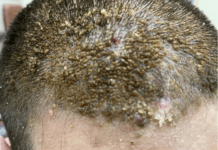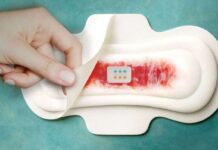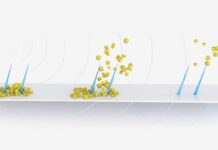Researchers have found “significant concentrations” of microplastics in dog and human testicles. Unfortunately, they also discovered some data suggesting that specific types of microplastic may be negatively affecting sperm count.
47 dogs and 23 human testes were removed after autopsies. Researchers at the University of New Mexico discovered microplastics in every one of them.
The concentration was 328.44 micrograms per gram in the testicular tissue of humans and 122.63 in dogs.
Xiaozhong “John” Yu, lead author of the study said,
At the beginning, I doubted whether microplastics could penetrate the reproductive system. When I first received the results for dogs I was surprised. I was even more surprised when I received the results for humans
Because of how the human samples had been chemically stored. The researchers were unable to count the sperm in them, but they were able to do so with the canine samples. This showed a negative correlation between the number of sperm and tissue levels of PVC. PVC is the third-most common synthetic polymer of plastic in the world.
PVC can release a lot of chemicals that interfere with spermatogenesis and it contains chemicals that cause endocrine disruption
Yu was interested in this relatively new form of pollution because she researched how different environmental elements affect the human reproductive system. A significant portion of his research has been on the effects of contaminants on sperm cell formation, including pesticides and heavy metals, and how this has led to the current global fall in sperm count.
He and his colleagues began to question whether a similar issue was present in testicles after learning that microplastics had been discovered in placenta tissue. They are also beginning to wonder if the current global fall in sperm count is related to microplastics.
Yu said,
We have a lot of unknowns. We need to really look at what the potential long-term effect [could be]. Are microplastics one of the factors contributing to this decline?
He added,
We don’t want to scare people,
We want to scientifically provide the data and make people aware there are a lot of microplastics. We can make our own choices to better avoid exposures, change our lifestyle and change our behavior.”




